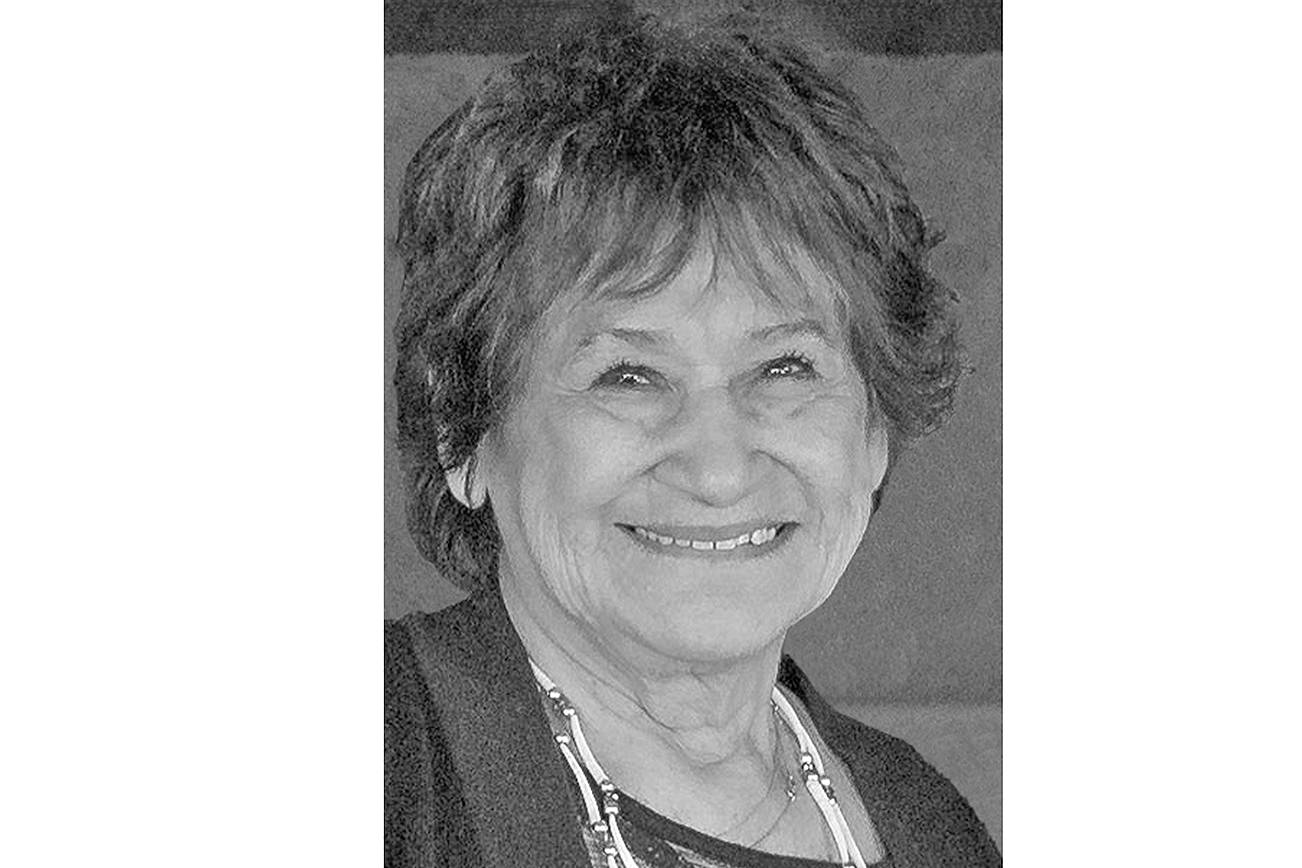Treaty tribes are encouraged by fish passage improvement projects in the Puget Sound region and other projects that will open access to miles of salmon spawning and rearing habitat. They are clear examples of the kinds of action we need to take to recover salmon populations.
The projects include a pair of dam removals: One on the Pilchuck River in Snohomish County; the other on the Middle Fork of the Nooksack River in Whatcom County.
The third is the overhaul of a fish trap used to collect salmon for transport above the Mud Mountain Dam in King County.
On the Pilchuck River, the Tulalip Tribes are partnering with local and state government agencies to remove the Pilchuck Dam near Granite Falls.
The 10-foot-tall dam was built to provide drinking water but is no longer needed.
It has prevented fish from fully accessing about 37 miles of pristine upriver habitat for more than a century.
Removal of the dam is expected to begin next summer or fall.
A partnership between Bellingham, the Lummi and Nooksack tribes, state and federal agencies, and others plans to begin removing the Middle Fork Nooksack Dam next summer.
The project will restore 16 miles of stream habitat for chinook, steelhead and bull trout listed under the Endangered Species Act.
Since 1962, the dam has been diverting water to supplement Bellingham’s primary water supply from Lake Whatcom.
On the White River, the Muckleshoot and Puyallup tribes were the driving force behind a new fish barrier and larger capacity fish trap expected to significantly increase salmon passage above the Mud Mountain Dam.
The flood control dam was built in the 1940s with no fish ladders.
A century-old drinking water diversion dam downstream of the Mud Mountain Dam also blocks migrating salmon.
The old fish trap could capture only about 20,000 fish annually.
The new trap can handle 1.2 million per year.
A new fish barrier is also being installed to prevent salmon from reaching the diversion dam that is slated to be rebuilt.
These projects are just a few examples of the tribal commitment to the salmon resource.
Each of the 20 treaty tribes in Western Washington works hard every day to stop the ongoing loss of salmon habitat.
That’s because we know that restoring salmon habitat is the key to salmon recovery.
If we didn’t think it could be done, we wouldn’t be working so hard to do it.
Lorraine Loomis is chairwoman of the Northwest Indian Fisheries Commission. Her column runs monthly.


